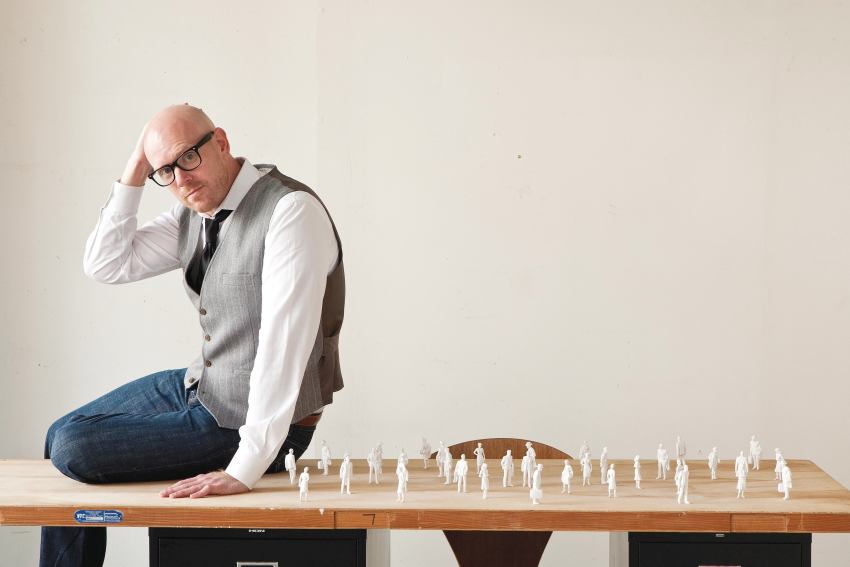
Part 2 in our series for job hunters considers the portfolio. Make sure there’s context for each image—and that the print version is user friendly.
More than a visual complement to the text-only résumé, the portfolio needs to communicate a designer’s experience and skills on its own. Recruiter David Brown runs his own business placing people in architecture, engineering, interior design, and planning firms across the country, and has also worked in this capacity for Callison and for Starbucks’ in-house architectural department. So he’s seen enough of these picture books cross his desk to offer good advice on the best ways of telling the story of you.
What’s a recruiter looking for in a portfolio? It’s not just that it makes sense, but that it stands out. When someone’s looking at 20, 30, or more, what goes in the review pile? Only 2 percent of firms are large enough to have a human resources department. The rest have an office manager, who buys paper and reviews résumés. That person, skilled or not, is the gatekeeper. They check off the boxes on the job description. But then, in the same portfolio, you have to really shine by showing the principal your design skills.
What is a portfolio?
It’s an opportunity to show the great stuff you’ve done, who you are. Have some fun and show your personality. Think of it as a book that tells the story of you.
What should it include?
It should have consistency of form and presentation. It must have photos of your work. It’s good to see schematics and hand sketches. A lot of people miss recommendations, a quote from management that explains how you worked on a project. Both principals and HR people see that as a good thing. It will get read, and it gives context.
Should you have different portfolio versions?
Sure. A portfolio for one company may not be the same for another. If you have a varied background and you’re applying to different firms, focus on their specialties.
How many copies should you have?
More than one. Don’t have a fabulous portfolio you can’t leave at a firm. Create something nice you can let go of.
Sounds expensive.
Costco has an online tool that allows you to upload images, and you can write and do graphics. They print it and send it in a lovely, bound, glossy thing. You can customize it as much as you want, and it’s outrageously inexpensive. I’ve seen them for as little as $4 apiece.
Does it need to lie flat on the table?
Please. Don’t make it stand out because it’s cumbersome. You want it to store easily. It’s going to be passed around, and you want it to be user friendly. You don’t want an origami thing that nobody can work.
Can you have too much information?
Definitely. Editing is key. You shouldn’t include many construction documents.
How often should you update your portfolio?
Always think about your portfolio. Every project, every meeting, everything you do that’s interesting—save it.
Is a website potentially a portfolio?
A lot of management people want the tactile feel of a portfolio, so it has to be something physical, but you’ve got to have something online that matches the theme of your physical portfolio. A lot of recruiters and principals are searching. Search-engine optimize your website. If I need a healthcare architect with 10 years of experience in Omaha, and that’s you, your website should come up.
What about social networking?
Start a Facebook page for your portfolio, but keep it separate from what you do personally. What you want to do on Facebook is send people back to your webpage.
Source: https://www.architectmagazine.com/practice/best-practices/picture-perfect_o